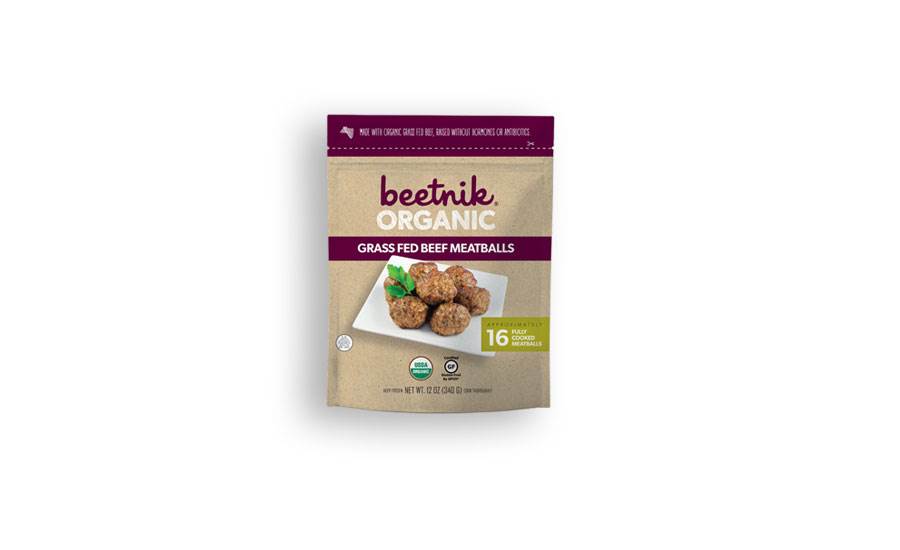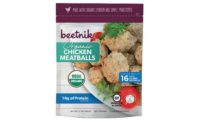From farms and ranches to grocery stores and restaurants, every part of the food industry has been influenced by the rapidly evolving tastes and expectations of consumers. More often, consumers are looking for true transparency from the brands they buy.
Hand-in-hand with transparency, consumers want to buy from brands that share in their own core values. They want to fully understand what is truly important to a brand in their evaluation of products. It goes without saying that the food has to taste great as well!
Brands like Beetnik, that have experienced exceptional growth within their respective categories, have realized that by being true to their own values, they have been able to build a loyal customer base that not only buys their products but is also a champion of those products. Meanwhile, many brands try to adapt to trends without being guided by their core principles. In reality, a tight grip on who the brand is and what it stands for will continue to drive success for category leaders – even as consumers change how they shop. This can be evidenced in products that are not moving to organic – not organic-ish – but have only ever made USDA Certified Organic products, simply because that has (and always will be) a core value of theirs.
There are some primary trends driving the food industry right now and for the first time they’re being driven by consumers, as opposed to chemical labs:
Organic meets convenience for the family
There is a continuing trend nationwide toward organic foods. A growing number of consumers buy organic food in increasing quantities every year. Accompanying the demand for organic is the migration of Millennial shoppers back to the center aisle.
We know that consumers are looking for convenient meal options, especially when serving their families. Research shows that parents are more willing to buy organic foods for their children than for themselves. This is not a surprise given the fact that parents have always prioritized the well-being of their children. When they can feed their children and themselves organic products, they will, and this is what is giving rise to the growth in multi-serve organic meal offerings.
Where Does Food Come From?
A growing number of consumers want to know the origins of their food. Many restaurants now disclose on their menus which farms provide them with ingredients. However, most restaurant chefs have never visited a farm or ranch. The same is true of companies in the packaged food world. Brands truly invested in ingredient transparency should make such visits a priority, as they will gain real insight into what happens to animals, the land and farm workers. This type of commitment can also demonstrate that the brand is not merely interested in meeting minimum standards for the sake of making trendy claims. Category leaders understand it is important to find partners who really share in their values.
The Adventurer
Consumer willingness to try new flavors is at an all-time high. We know more and more about other cultures and that has translated to an “appetite” for adventure in food. Food TV shows are increasing the interest in new flavors, even where consumers are intimidated or time challenged in making those foods themselves. This is playing out in the proliferation of new and different restaurants, as well as the variety offered at grocery stores.
In the organic world, we have to trail blaze in order to offer new and exciting options. We often have to work with organic farmers who will agree to plant different crops than they have historically planted. We have to create and invent things like organic spice pastes and organic gluten-free bread crumbs, but that makes life interesting and challenging for us at Beetnik as we continue to cater to consumers with new and varied meals.





